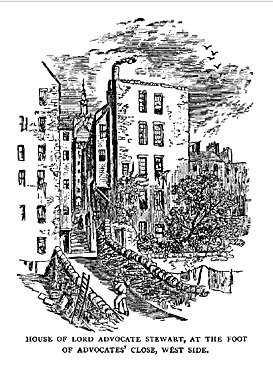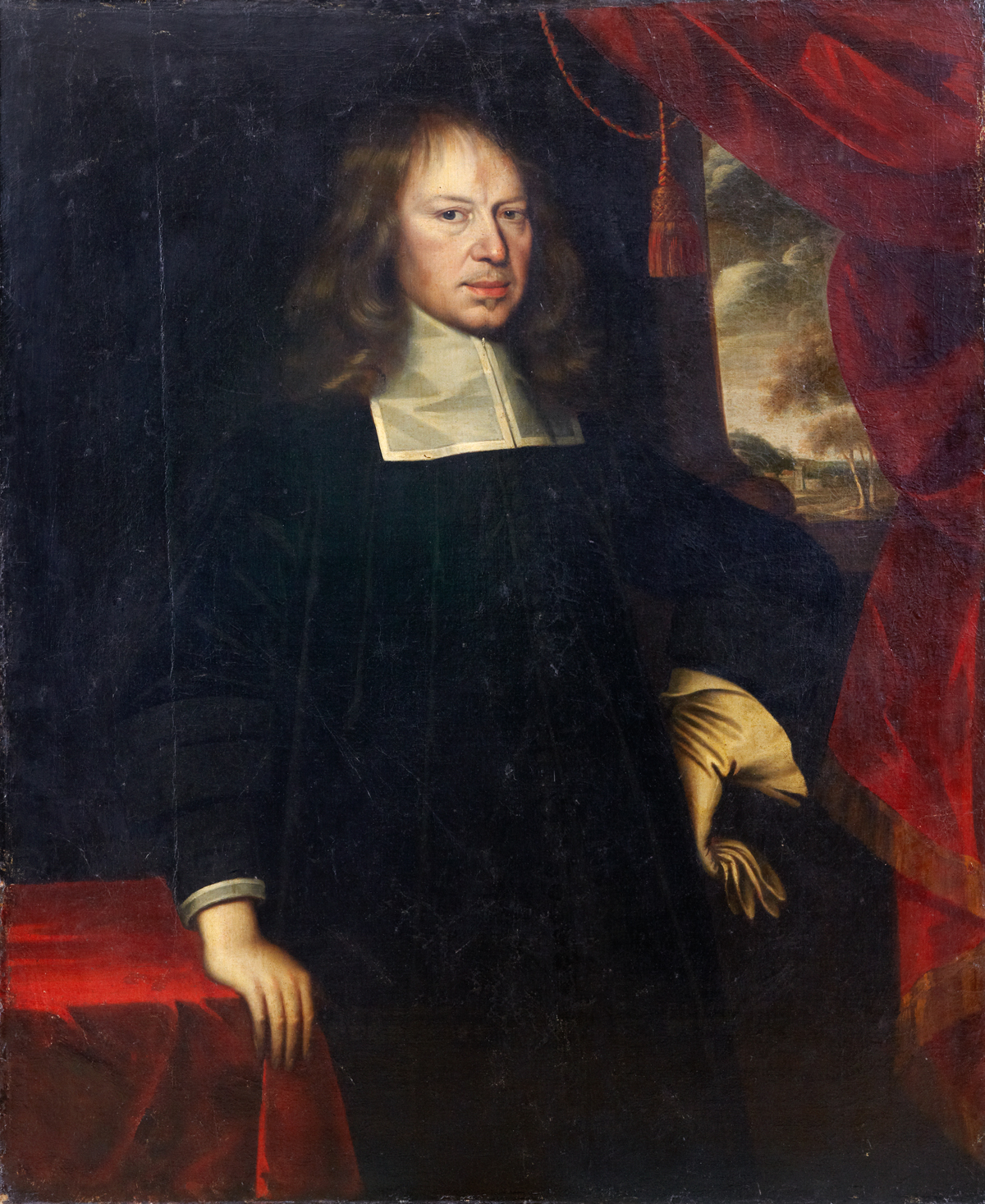|
Scougal
Scougal, also Scougall, is a ScottishGeorge Fraser Black (1946): ''Surnames of Scotland''. New York surname and may refer to: ;Scougal *Henry Scougal (1650–1678), Scottish theologian *John Scougal (1645–1730), Scottish painter *Patrick Scougal (1607–1682), Scottish churchman ;Scougall *David Scougall David Scougall or Scougal (c.1610–c.1680) was a Scotland, Scottish portrait painter. He is the earliest clearly recorded member of a family of artists, including his son John Scougal, John and grandson George (the latter two often referred to ... (c.1610 – c.1680), Scottish portrait painter * Stefan Scougall (born 1982), Scottish footballer See also * Scoughall References {{Surname Surnames of Scottish origin ... [...More Info...] [...Related Items...] OR: [Wikipedia] [Google] [Baidu] |
Stefan Scougall
Stefan Lewis Scougall (born 7 December 1992) is a Scottish professional footballer who plays as an attacking midfielder for Scottish League One club Alloa Athletic. Born in Edinburgh, Scougall began his professional career with Livingston. He has since also played for Sheffield United, Fleetwood Town, St Johnstone and Carlisle United. He has also represented his country at under 21 level. Club career Livingston Scougall won the SFL under-19 League in 2010–11. After playing youth football for Hibernian and Dunfermline Athletic, Scougall made his senior debut for Livingston on 16 October 2010 as a substitute in a 4–1 win against Stenhousemuir in the Scottish Second Division, making two further appearances that season as Livingston sealed the Second Division title. Scougall became a regular for the West Lothian side the following season in the First Division, and was rewarded with a new long-term contract in September 2012, designed to keep him at Almondvale until the sum ... [...More Info...] [...Related Items...] OR: [Wikipedia] [Google] [Baidu] |
Patrick Scougal
Patrick Scougal (1607–1682) was a Scottish Clergyman, churchman who served as Bishop of Aberdeen from 1664. Life He was born in Haddingtonshire (now East Lothian), son of Sir John Scougal of Auldhame & Scoughall, Scougal,''Fasti Ecclesiae Scoticanae''; vol. 7, p.331 and a cousin of the painter John Scougal, in 1624 he graduated from the University of Edinburgh as Master of Arts (Scotland), Master of Arts. In 1636, he became a minister of Dairsie parish, Fife, moving on to Leuchars in 1645 and then to East Saltoun and West Saltoun, Saltoun, near Edinburgh, in 1659. He refused an offer to become Professor of Divinity at Edinburgh University in 1662. In this period, Scougal showed himself to be an extremely religious ideologue, preaching against Roman Catholic Church, papists and playing a leading role in the national witchhunt of the 1660s. However, his views on episcopacy became clear when in early 1664 he was offered and accepted the post of Bishop of Aberdeen. Perhaps b ... [...More Info...] [...Related Items...] OR: [Wikipedia] [Google] [Baidu] |
Henry Scougal
Henry Scougal (1650–1678) was a Scottish theologian, minister and author. Henry Scougal was the second son of Patrick Scougal and Margaret Wemys. His father held the position of Bishop of Aberdeen for more than 20 years. Henry's younger brother was James Scougal, Lord Whitehill. From his infancy, Scougal was raised with religion. From his youth, Scougal spent his free hours in reading, meditation and prayer. He especially enjoyed studying the historical passages of the Old Testament. In 1665 Scougal entered King's College, University of Aberdeen, and, after graduation, was promoted to the office of professor of philosophy. In 1672, Scougal was ordained and appointed minister of a church 20 miles from Aberdeen, where he served for one year before returning to take the office of professor of divinity at King's College, where he taught for five years. He spoke Latin, Hebrew, and a few Asian languages. Scougal produced a number of works while a pastor and professor of divinit ... [...More Info...] [...Related Items...] OR: [Wikipedia] [Google] [Baidu] |
John Scougal
John Scougal (1645–1730) was a Scottish painter. Life He was a cousin to Patrick Scougal (died 1682), Bishop of Aberdeen and to Patrick's brother John Scougal, Lord Whitekirk. John Scougal is said to have been born at Leith, where his father David had a residence, and where several of his works were still in the Town Hall in the nineteenth century. In the latter part of the seventeenth century, one of the resorts of the fashion and beauty in Edinburgh was on the east side of the Advocates' Close, where John Scougal the painter rented or owned a house, to which he had added an upper story arranged as a studio. It stood opposite the house of Sir James Stewart. Scougal had a very extensive practice, which latterly led him into some hasty work, said to be observable in the portrait of George Heriot, which he copied in 1698 from the now lost original by Paul van Somer. The portrait hangs in the council room of George Heriot's School. In the City of Glasgow collection are th ... [...More Info...] [...Related Items...] OR: [Wikipedia] [Google] [Baidu] |
David Scougall
David Scougall or Scougal (c.1610–c.1680) was a Scotland, Scottish portrait painter. He is the earliest clearly recorded member of a family of artists, including his son John Scougal, John and grandson George (the latter two often referred to as the "''elder''" and "''younger''" Scougall). Other relatives included Patrick Scougal, Bishop of Aberdeen. Life Scougall was known to have resided at Leith. Although it has been supposed that there was an earlier portraitist in the family, a John Scougall roughly contemporary with Daniël Mijtens, David is the first for whom concrete records exist, with payments to him recorded in 1672 and portraits signed by him dating from the 1650s, including the James Grant of Freuchie, Laird of Grant and Lady Mary held by the National Museums of Scotland.Waterhouse, E. ''Painting in Britain, 1530 to 1790'', p.122 Scougall's style follows in the path of Scotland's first great painter George Jamesone, but was historically said to bear "''a great res ... [...More Info...] [...Related Items...] OR: [Wikipedia] [Google] [Baidu] |
Scoughall
Auldhame and Scoughall are hamlets in East Lothian, Scotland. They are close to the town of North Berwick and the village of Whitekirk, and are approximately east of Edinburgh. Saint Baldred's legacy It is said that the 8th-century Christian missionary Saint Baldred had one of his bases at Auldhame, and through his influence the parish of Auldhame had significant influence in the development of Christianity in Scotland. His name also lives on in St Baldred's Church and St Baldred's Road in North Berwick. Following his death there was a dispute between the parishes of Auldhame, Tyninghame, and Prestonkirk, as to which should have his body. The story goes that by the advice of a Holy Man, they spent the night in prayer. In the morning three bodies were found, in all respects alike, each in its winding sheet, prepared for burial. To this day all three churches maintain Saint Baldred was buried within their walls. In 2005 skeletal and archaeological remains, thought to be a ... [...More Info...] [...Related Items...] OR: [Wikipedia] [Google] [Baidu] |
Scotland
Scotland is a Countries of the United Kingdom, country that is part of the United Kingdom. It contains nearly one-third of the United Kingdom's land area, consisting of the northern part of the island of Great Britain and more than 790 adjacent Islands of Scotland, islands, principally in the archipelagos of the Hebrides and the Northern Isles. To the south-east, Scotland has its Anglo-Scottish border, only land border, which is long and shared with England; the country is surrounded by the Atlantic Ocean to the north and west, the North Sea to the north-east and east, and the Irish Sea to the south. The population in 2022 was 5,439,842. Edinburgh is the capital and Glasgow is the most populous of the cities of Scotland. The Kingdom of Scotland emerged as an independent sovereign state in the 9th century. In 1603, James VI succeeded to the thrones of Kingdom of England, England and Kingdom of Ireland, Ireland, forming a personal union of the Union of the Crowns, three kingdo ... [...More Info...] [...Related Items...] OR: [Wikipedia] [Google] [Baidu] |


